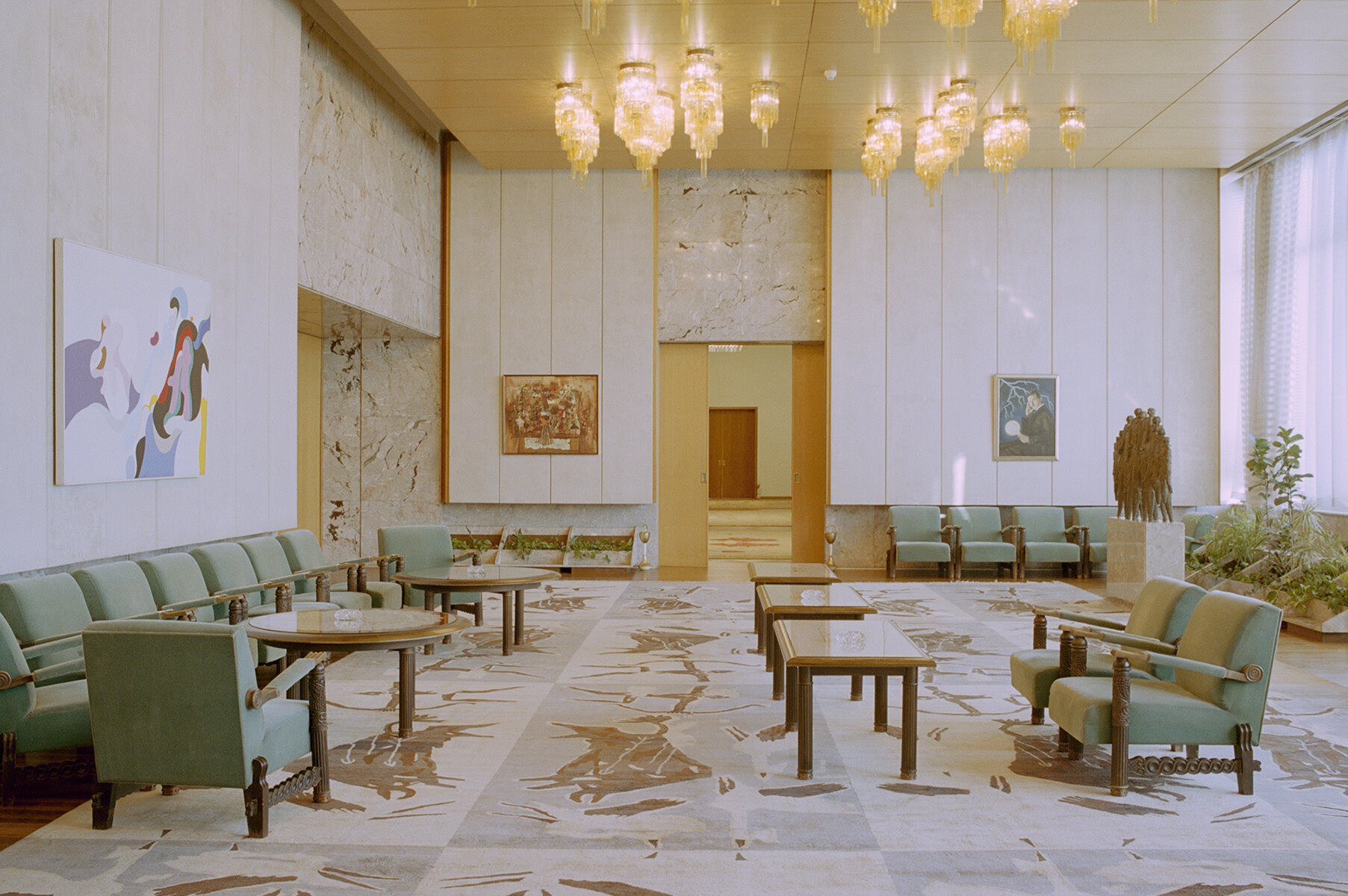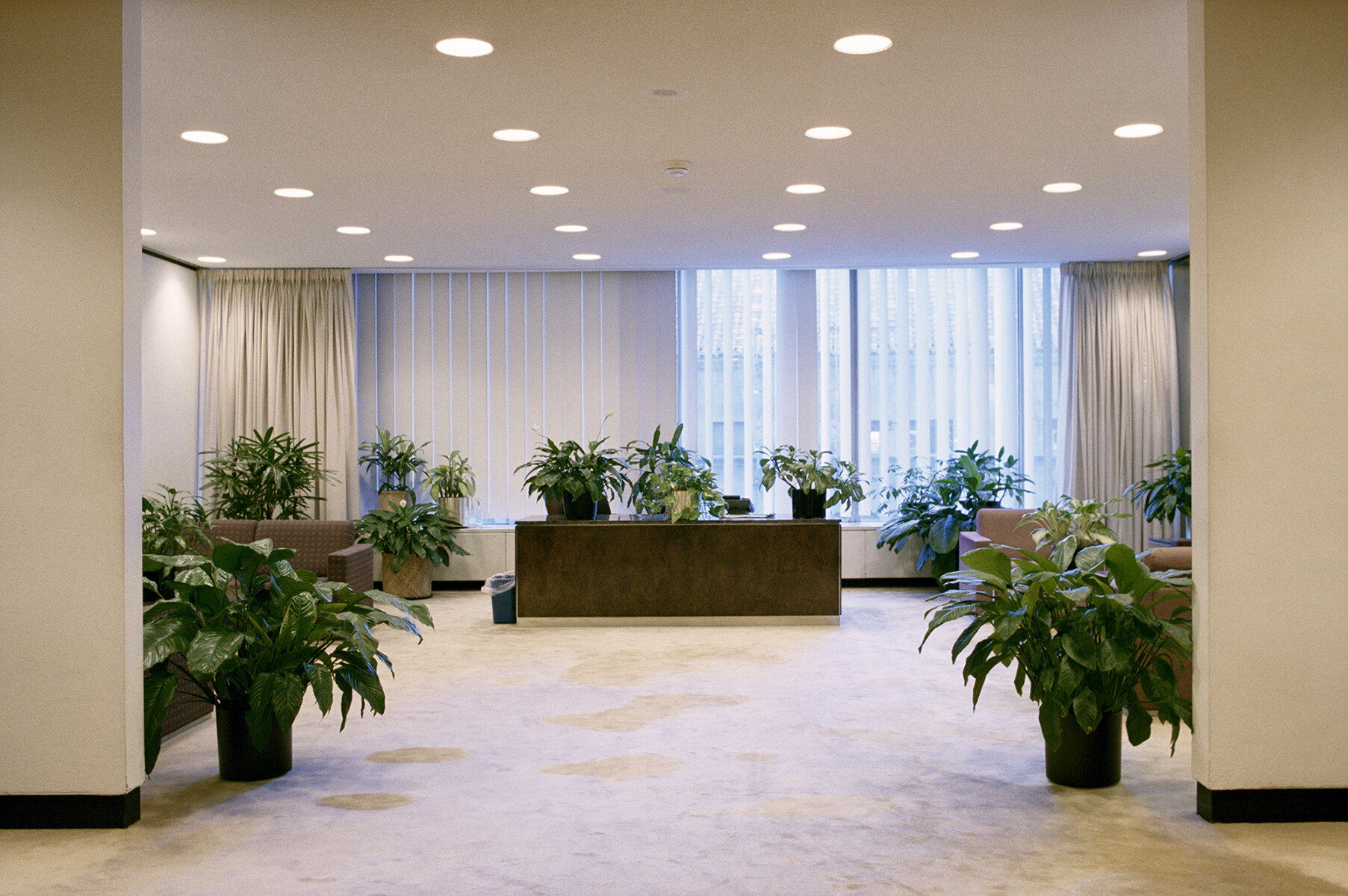Collection / Kolekcija
“What may be the connection between the Chase Manhattan Bank building at Chase One Plaza in Manhattan and the building of the Palace of Federation in New Belgrade? Both sites illustrate a tendency of the post-war world in which modernist art began playing an important political role in the Kulturkampf of the Cold War. The notion of cultural and artistic freedom was promoted as a means of fighting totalitarian legacies, of both Fascism and Stalinism. The two buildings were meant to be highly symbolical working spaces that housed significant collections of modernist art meant to inspire employees and to offer a new symbolic context for representations of power in the 1950s and 1960s. On one hand, there was David Rockefeller (a paragon of post-war American capitalism and culture) building the Chase collection to enhance the working performance of the bank employees, and to beautify the modern corporate office spaces with works by the most significant artists of the time. On the other hand, there was President Tito and his comrades (who wanted to find a new identity for their anti-Stalinist political stance and for their goal to create an internationally integrated socialist society beyond Cold War divisions) “decorating” the huge new building for the Yugoslav government with works of art referring to the anti-fascist struggle of Yugoslav Communists in WW2 but also with works of art referring not only to the anti-fascist struggle of Yugoslav Communists in World War II, but also to the notion of “autonomous” artistic freedom touted in modernist abstraction.” Branislav Dimitrijević (Collection/Kolekcija)























